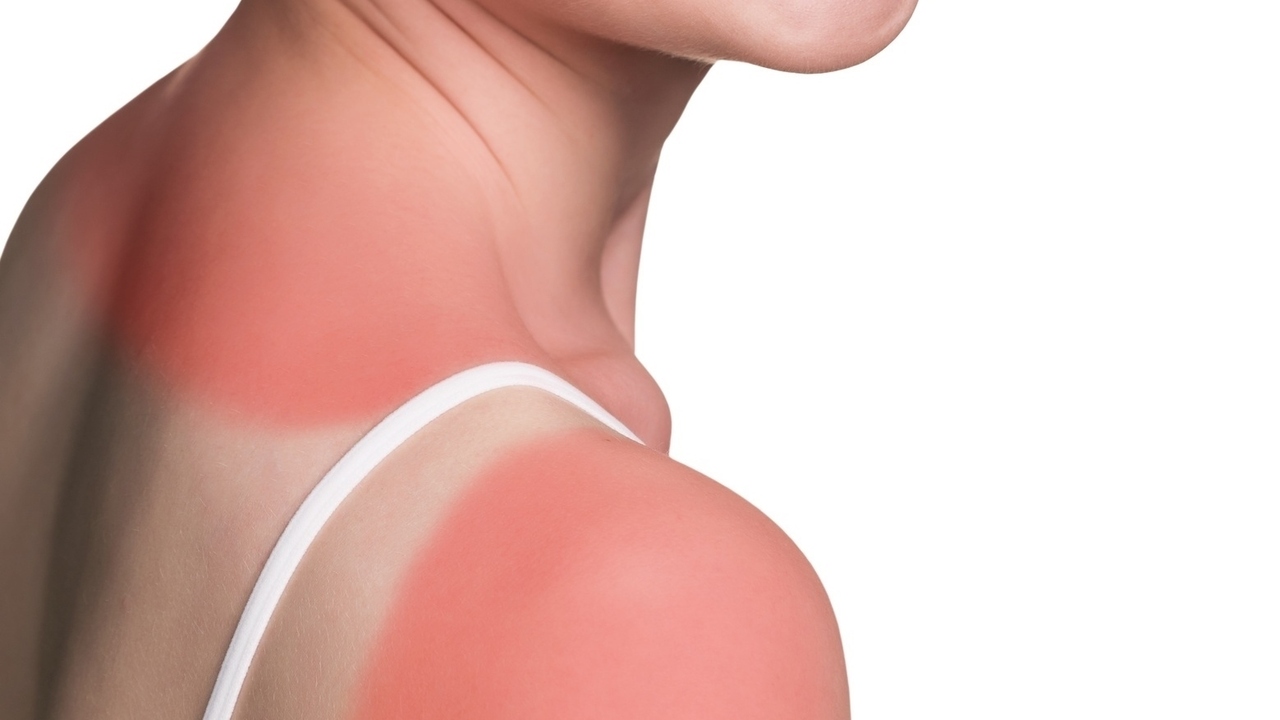 Evgeniya Uvarova/PhotoSpin
Evgeniya Uvarova/PhotoSpin
Where you live impacts your vitamin D levels. Knowing your vitamin D level is essential for your long-term drugless strategy to prevent cancer and other chronic conditions like multiple sclerosis (MS), diabetes, chronic coughing, high blood pressure and the bending over and/or collapse of your spine, otherwise known as Dowager’s Hump. If you have ever taken the 25-Hydroxy Vitamin D test, levels I like to see my practice members would be at least 40; anything less can result in chronic back pain, colds and even cancer.
Your body has been designed so that it is nearly impossible to get vitamin D toxicity from sunshine exposure – excessive levels are destroyed.
So, the question is: Do you need to supplement with vitamin D?
My answer is, you do not require supplementation if your body is exposed to UV-B rays without the use of a sun blocker that has the number eight SPF or more. You might be in the sun, but if your arms and legs are covered, and you have a blocker and hat on your face, you are basically receiving no vitamin D benefit. You will also not receive the benefit of sun from a window or a tanning bed. You need the real thing — sunshine! It also makes a difference how old you are and where you live. Individuals over 70 will only create about one-fourth of vitamin D from the sun compared to someone in their twenties. Studies have shown those over 60 who are in the sun 15 to 20 minutes a couple times a week between 11am and 2pm when the sun produces the most D should be able to generate the vitamin D needed to support optimal health: I mentioned our 2013 "Know Your Numbers" July Focus article, be mindful of the times you are in the sun. Between 11am to 2pm is the best time to get the vitamin D rays, but if you are watching the amount of sun you are getting you may want to avoid this time or dress appropriately.
Vitamin D is produced, in simple terms, from exposing the cholesterol in your skin to the UV-B rays. The conversion of cholesterol to vitamin D is actually one of the ways our body attempts to keep us healthy – all the while we are marketed to avoid the sun and take a statin — go figure!
Your geographic location including its angle to the sun impacts the amount of UV-B photons that create vitamin D. Research suggests if you live in a location at 35 degrees or more to the sun your potential to make vitamin D greatly reduces during the winter months. Those living at the line extending from Los Angeles to Atlanta are at the top edge of the November to February zone, while those above the line have a lower potential to get the D required — individuals in Canada virtually get little or no vitamin D for seven out of the twelve months per year (I feel your pain!). The lack of vitamin D has a huge impact on the emotions of patients in my office from about mid-August until middle to late spring. If you live north of Atlanta and Los Angeles, I encourage you to have your D levels checked and supplement accordingly.
In our practice, we use Bio-D Mulsion Forte, and also Phosphatidlycholine, both from Biotics Research, for those with emotional lows caused by the reduced amount of vitamin D production as the sun changes angles to the earth during the “dog days” of summer (August 15). Patients who are taking Phosphatidlycholine during this time, need up to nine per day for up to three months to improve liver and gallbladder function and movement of all fat soluble vitamins. Patients with seasonal affective disorder (SAD) tend to require more sun and vitamin D.
The whole mechanism of vitamin D and the other fat-soluble vitamins is a continuous weave of the function and how the body is interdependent. I have observed massive “enlargement” of patient’s livers, which has been compromised and poorly functioning in our female postpartum (after giving birth) patient’s and those who have an addiction to diet soda. The “No” or “Low Calories” artificial sweetener components of diet soda, which includes sucralose (Splenda™) and aspartame (Nutra Sweet™) press liver clearing function to the maximum, compromising its purpose. Adequate liver function, which is not often discussed, is also required to maintain satisfactory vitamin D levels. I suggest avoiding artificial toxic substances and support your system with a liver cleanser such as Livotrit Plus™. Follow these steps and your vitamin D strategy will be looking bright.
Takeaways for Optimal Vitamin D:
- You do not require supplementation if your body is exposed to UV-B rays.
- Your geographic location including its angle to the sun impacts the amount of UV-B photons that create vitamin D.
- We use Bio-D Mulsion Forte, and also Phosphatidlycholine, for those with emotional lows caused by the reduced amount of vitamin D production.
For more information, visit us online, or come see us in Cleveland.






Add a Comment1 Comments
I very much doubt the statement.
July 24, 2014 - 6:55pm"Studies have shown those over 60 who are in the sun 15 to 20 minutes a couple times a week between 11am and 2pm when the sun produces the most D should be able to generate the vitamin D needed to support optimal health"
That amount of time provides enough vitamin D to have a minimal level for a young person who is at the equator AND young
AND not obese
AND has light skin
AND it is summer
AND has lots of skin exposed to the sun
AND is lying down
AND is not wearing sunscreen.
Data at http://vitamindwiki.com/tiki-index.php?page_id=1689
This Comment